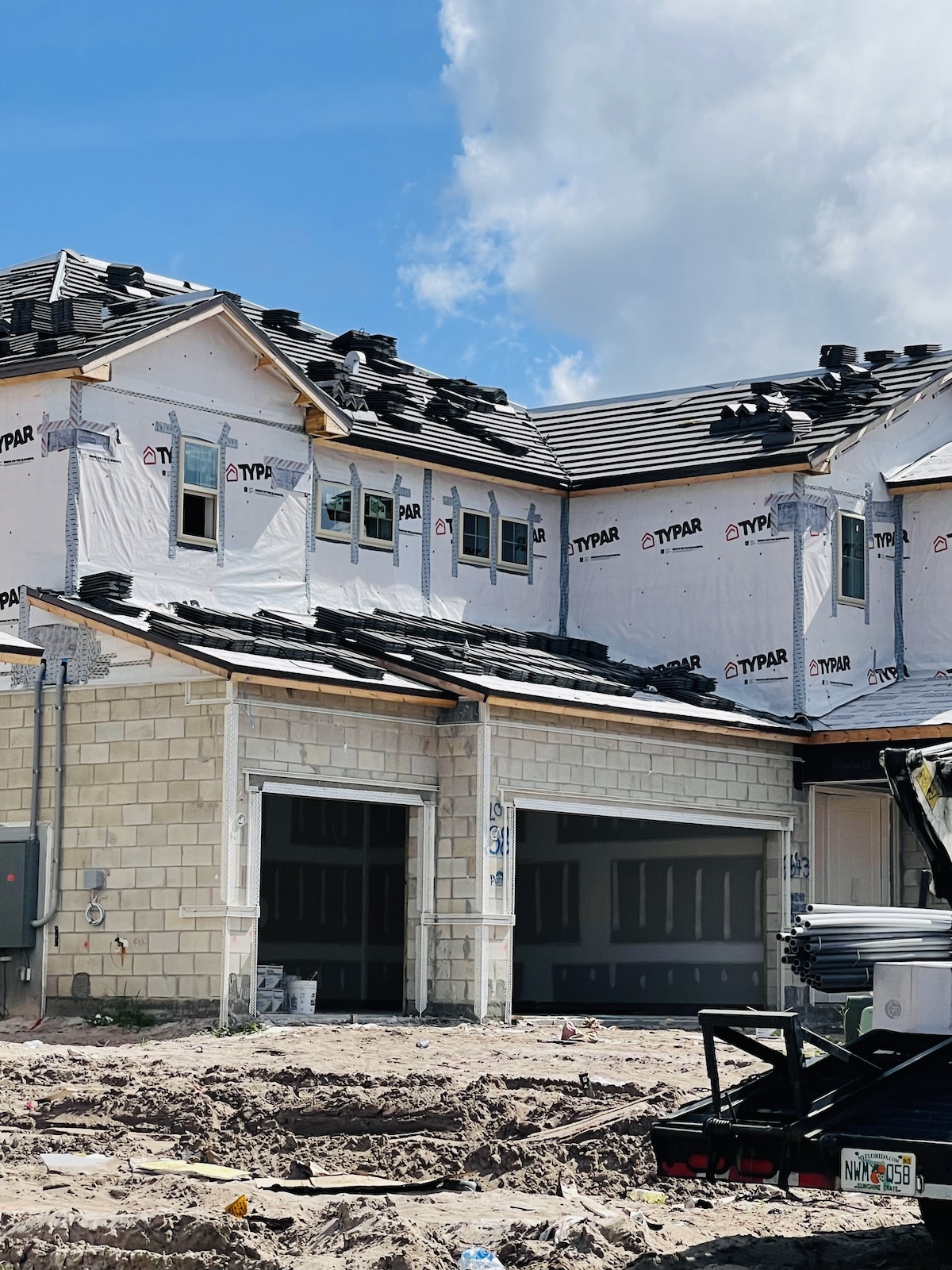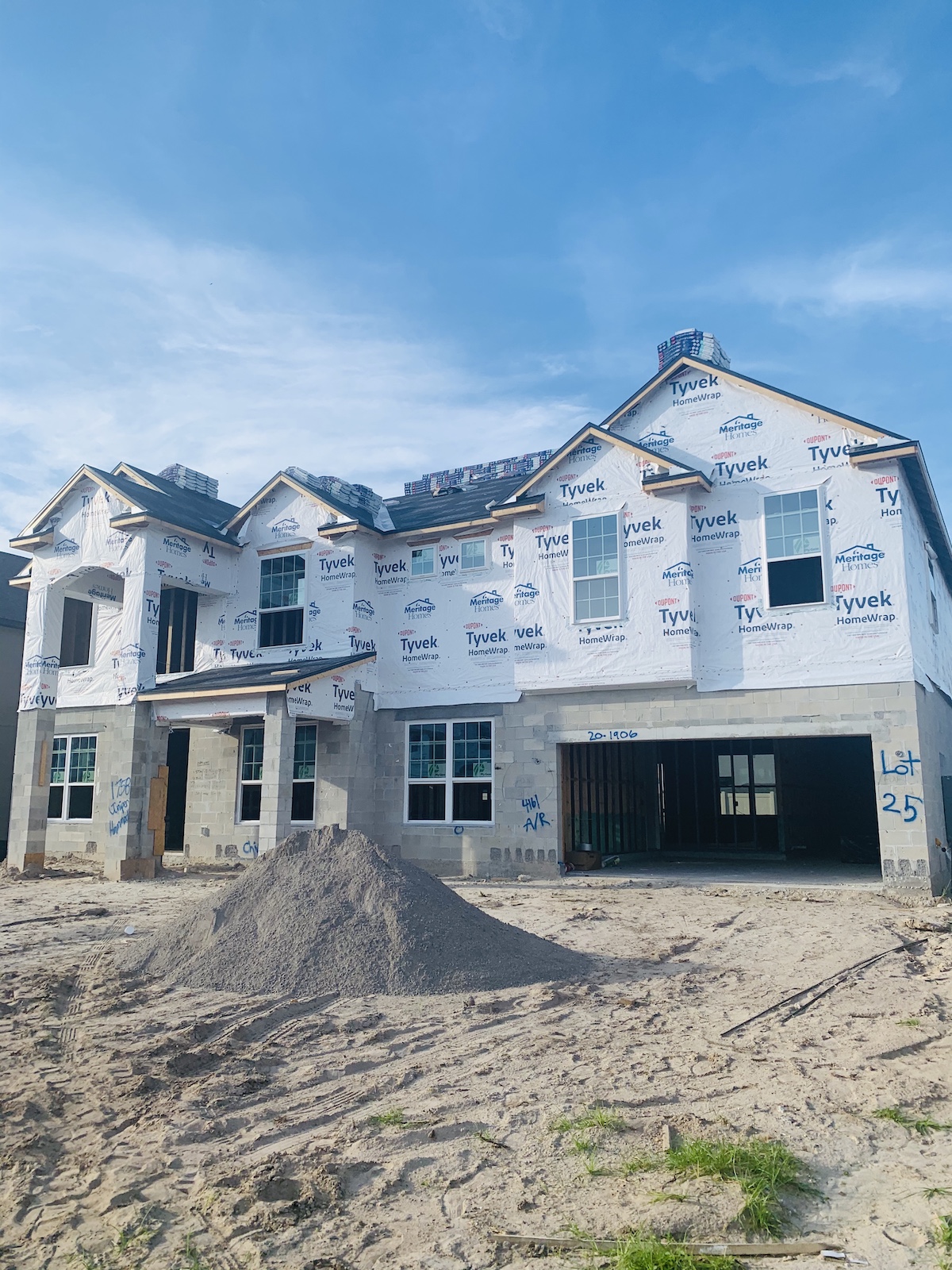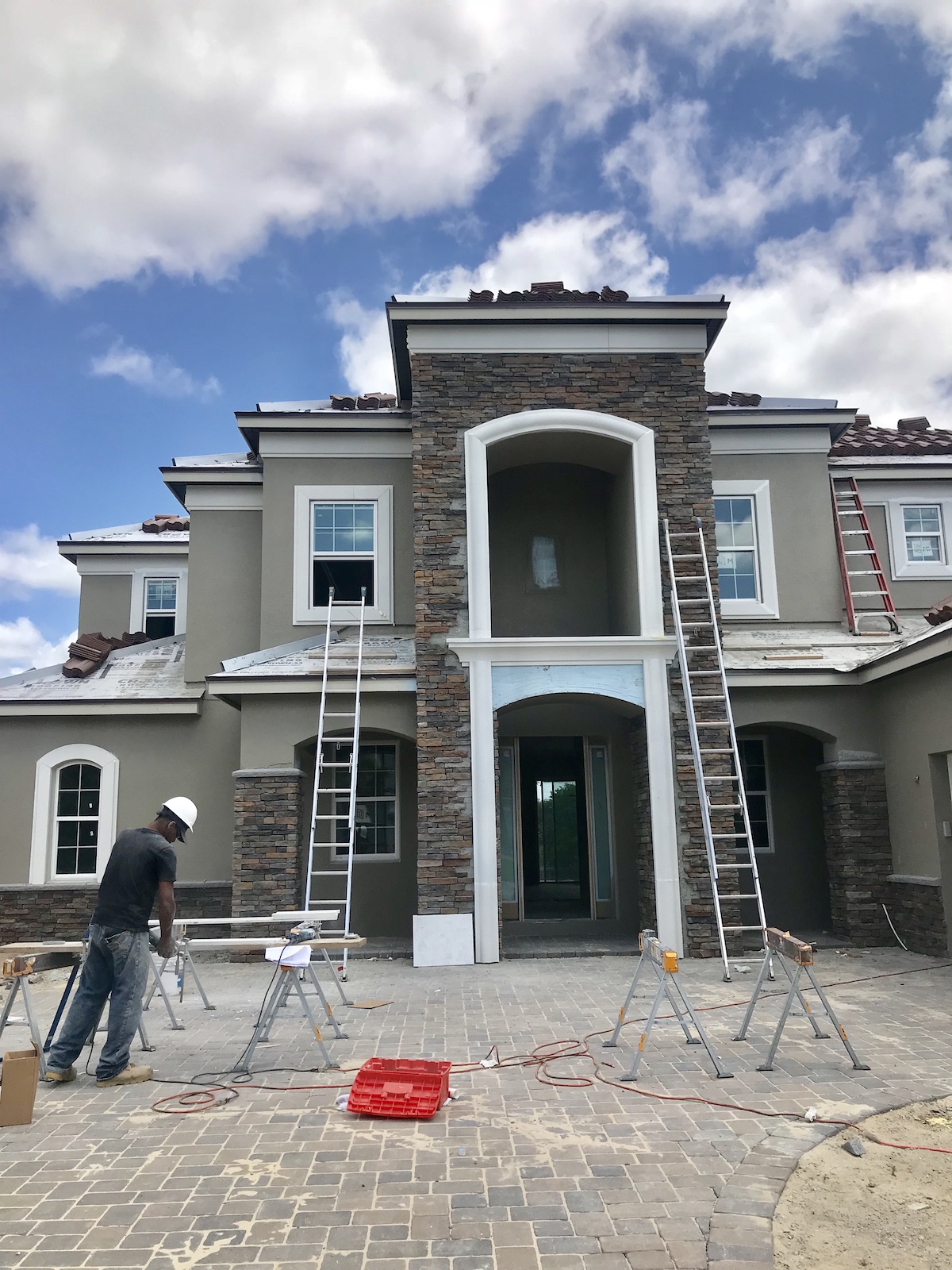When you’re deciding on the construction method for your new home, you might find yourself weighing the merits of concrete block versus wood frame construction.
Each has its own set of advantages, and understanding them is key to making the best choice for your situation. It’s a decision that affects not just the cost and duration of the construction project, but also the long-term performance and maintenance of your home.
It’s essential to consider the climate you live in, your budget, and your long-term intentions for the property before making a decision. Whether you prioritize the robustness of concrete or the warmth and potential cost savings of wood, your choice will lay the foundation for the home you’re dreaming of.
Keep in mind, though, that no matter the material, the quality of construction and adherence to building codes play pivotal roles in your home’s overall resilience and comfort.
Table of Contents
ToggleComparing Materials and Methods

When you decide to build a home, you’re looking at two dominant construction methods: block construction, typically involving concrete and masonry, and wood frame construction, which relies on lumber and engineered wood products.
Let’s break down what goes into each method and the properties of the materials involved.
Components and Assembly
Block Construction (Concrete or CMU Construction):
Concrete block construction is lauded for its durability and resistance to elements like fire and high winds—which is worth considering if you live in areas prone to such events.
These sturdy blocks don’t warp or rot, making them a solid choice if longevity is at the top of your priority list.
- Foundation: Typically, this method starts with a concrete foundation.
- Walls: The walls are erected using concrete blocks (CMU) with rebar and concrete fill for added stability.
- Assembling: It requires skilled masons and might take more time due to the curing process of concrete.
Wood Frame Construction:
On the flip side, wood frame construction may give you more design flexibility and thermal insulation.
If energy efficiency and a cozy aesthetic are what you’re after, wood frames could be your go-to, plus they often come with a lower upfront cost compared to block construction.
- Foundation: Like block construction, it can have a concrete foundation.
- Walls: Walls are framed using dimensional lumber, which is covered with plywood or OSB (Oriented Strand Board) sheathing.
- Assembling: It’s known for its quick assembly, as it uses standardized lumber and nail guns for efficient construction.
Building Material Properties

Properties of Block Construction Materials:
- Durability: Concrete blocks offer high durability and are known to be disaster-resistant.
- Insulation: While concrete has high thermal mass, it typically has a lower R-value, meaning it’s less effective at resisting heat transfer.
Properties of Wood Frame Construction Materials:
- Flexibility: Wood frames provide design versatility since it’s easier to modify wood than concrete.
- Insulation: Wood, combined with insulation products, often achieves a higher R-value than concrete blocks, leading to better energy efficiency.
Cost Analysis

When you’re deciding between block construction and wood frame for your home, it’s crucial to weigh the initial price tag against potential savings down the line.
Let’s break down these costs and how they might affect your wallet.
Initial Costs vs Long-Term Savings
- Block Construction:
- Initial Costs: Typically, block construction comes with a higher upfront cost. You’re looking at more expensive materials like CMU, rebar, and concrete fill. Plus, specialized labor which is less abundant than wood framing crews can inflate the budget.
- Long-Term Savings: Blocks have a higher thermal mass, cutting down on energy costs. Their durability might also mean fewer repairs over the years.
- Wood Frame:
- Initial Costs: Generally, wood frame construction is cheaper. The labor market is larger, and materials like plywood sheathing are less expensive.
- Long-Term Savings: With wood, you’ve got the benefit of easy insulation installation which can lead to energy savings, although it might not match the thermal mass benefits of block construction.
Evaluating your personal budget and how long you intend to stay in the home are important factors to consider as you decide which option might be more cost-effective for you.
Insurance Considerations
When it comes to insurance, the material of your home can influence costs:
- Block Construction:
- Often, insurance costs can be lower for block homes due to their increased resistance to fire and high winds, which makes them a safer bet in disaster-prone areas.
- Wood Frame:
- These homes generally experience higher insurance premiums because wood is more susceptible to fire and can suffer more damage during extreme weather.
Insurance costs can vary based on your location and the specific risks in your area, so you’ll want to check out the market specifics to see how much you could save or spend extra in the long run.
Performance in Adverse Conditions

When building your home, you want it to stand tough against the forces of Mother Nature. This will depend heavily on the materials and construction techniques you choose.
Resistance to Natural Disasters
Hurricane Readiness:
- Block Construction: Can handle high wind loads. With the right reinforcement, it can resist the powerful uplift and shear forces of hurricanes.
- Wood Frame: Requires metal connectors at the top and bottom to enhance wind resistance. Additionally, wood structures use shear walls for strengthening against side-to-side forces.
Fire Resistance:
- Block Construction: Cinder blocks are inherently resistant to fire.
- Wood Frame: Less fire-resistant, although treatments and materials that resist combustion can be used.
Termite and Insect Resistance:
- Block Construction: Termites are no fans of concrete, giving block structures an edge when it comes to pests.
- Wood Frame: Wood is susceptible, but with proper treatments and maintenance, risk can be minimized.
Longevity and Maintenance
Durability Against the Elements:
- Block Construction: Concrete holds up well over time, requiring less maintenance. Block structures aren’t susceptible to rot or mold as much as wood.
- Wood Frame: Vulnerable to moisture, which can lead to mold and rot. However, wood treatments can prolong lifespan and durability.
Protection from Decay:
- Block Construction: It’s not bothered much by the moisture that often leads to decay.
- Wood Frame: Periodic checks for decay are wise to keep the structure in good shape.
Environmental Considerations

When you’re weighing the options between block construction and wood frame for your project, the environmental impact might be a big deal for you.
It’s not just about what feels sturdier – it’s also about which materials are kinder to Mother Nature and how they’ll help keep your energy bills down.
Sustainability and Energy Usage
Wood Frame Construction: Wood is a renewable resource, and when it’s sustainably harvested, it quite literally grows back. Many lumber companies are now using sawmill residues to fuel their operations, reducing fossil fuel consumption. Plus, wood typically results in lower carbon emissions during the manufacturing process compared to concrete or steel.
Block Construction: Although concrete doesn’t grow on trees, it scores points for durability and its ability to last a long time. This reduces the frequency with which materials need to be replaced, potentially lowering the environmental footprint over the long term. However, concrete production is energy-intensive and often relies on fossil fuels.
Insulation and Thermal Properties
- Wood Frame:
- Insulation: Easier to install high-performance insulation in the cavities.
- R-value: Generally higher R-value, meaning better energy efficiency and less heat loss.
- Block Construction:
- Thermal Mass: Concrete’s thermal mass helps regulate indoor temperatures, contributing to energy efficiency.
- R-value: Lower than wood, which means you may need extra insulation to match the energy performance of wood-framed buildings.
In terms of simplicity and your comfort, you’ll find that wood can be more energy-efficient and better insulated right off the bat.
But don’t count out concrete just yet – its thermal mass is pretty useful for keeping things cozy, especially once you dial in the extra insulation it usually needs.
Design and Build Flexibility
When you’re building your dream home, the flexibility to tailor it to your unique style and needs is key. Wood frame construction often leads in this realm, but let’s dive into the specifics.
Remodeling and Customization
With wood frame construction, you’ll find that it’s easier to remodel or adjust the layout later on. Interior lumber walls are not as load-bearing as concrete, which means you can often knock down walls or add new features without as much concern for structural integrity.
Engineered wood frame construction also allows for more customization during the initial build phase, fitting into your personal preference for how your space flows.
Aesthetic and Finishing Options
Your options for aesthetic touches and finishes thrive within a wood frame. Here are a few specifics:
- Interior Design: Wood’s natural flexibility permits more intricate designs, like vaulted ceilings or custom window frames.
- Exterior Siding: Choose from a variety of sidings like traditional wood, modern vinyl, or even fiber cement.
The texture, color, and style are yours to choose, supporting a variety of architectural styles—from rustic to contemporary. This flexibility shines when considering the personal touches that turn a house into your home.
For more information on new construction homes, check out the following articles:


